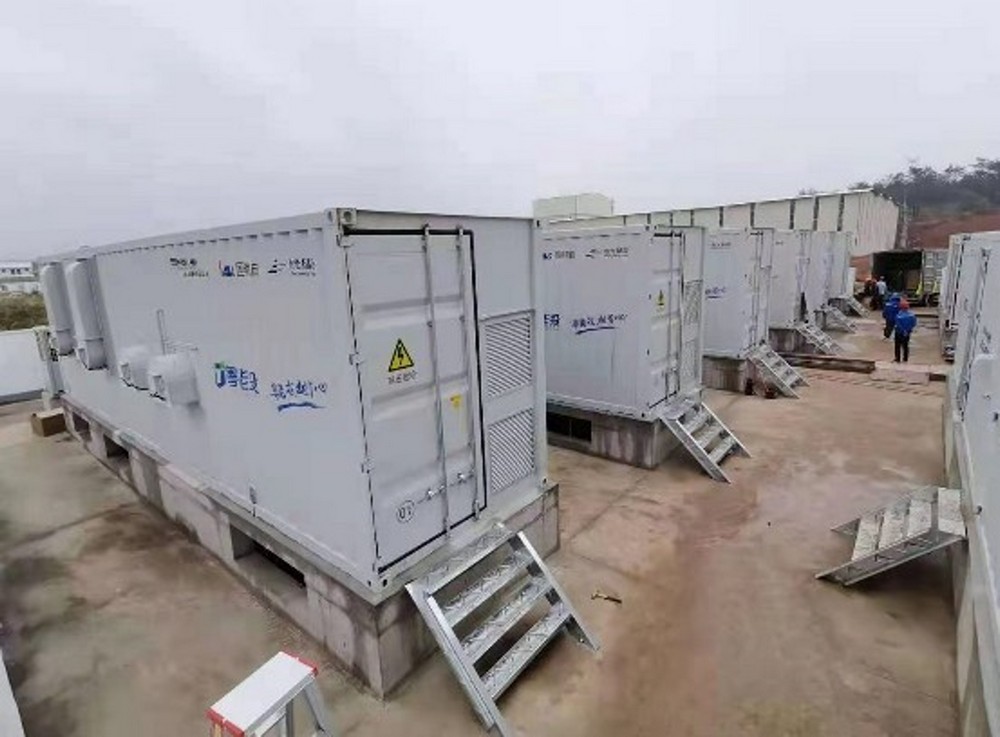Introduction to the global energy storage market:
1) In 2022, the global energy storage market is expected to ship 70 GWh, with over 10 GWh in residential storage.
2) In 2023, the global energy storage market is expected to ship 140-150 GWh, with the majority coming from utility-scale storage (with North America contributing the most) and 30-40 GWh in residential storage.
3) The shipment of photovoltaic inverters and PCS is expected to reach over 400 GW in 2023, a growth of over 50% from this year.
European market:
1) Electricity prices are expected to rise from 0.42-0.45 euros to 0.6 euros in March-April 2023.
2) With the release of silicon material production capacity, component prices are expected to drop to 1.8-1.9 yuan/watt, driving up demand for ground-mounted solar power plants in Europe while decreasing the proportion of distributed installations.
3) Chinese leading manufacturers of residential storage are expected to ship 10-11 GWh by September 2023, with a total shipment volume of 14-15 GWh for the year.
4) Large-scale storage development is mainly concentrated in the UK and Ireland, accounting for 70% of the European market. The photovoltaic areas of Germany, France, Italy, Spain, and the Netherlands are expected to see an increase in installation demand in 2023, with approximately 7-800 MWh this year. With stable prices for lithium carbonate, demand for installations is expected to rise.
5) The average annual power generation time in Northern Europe is a few hundred hours, while Western and Southern Europe have 1500-1600 hours.
US market:
1) Residential storage demand is expected to double in 2023, reaching 7-8 GWh, benefiting from multiple subsidy policies.
2) The market for utility-scale storage is expected to double or more, led by 14 fund companies and 22 public utilities.
Chinese inverter manufacturers mainly target the European, American, and Australian markets. In Europe, Germany, Austria, Switzerland, Sweden, and the Netherlands are traditional core markets for photovoltaics, with a preference for high-power products. Italy, Spain, and other Southern European countries mainly require low-voltage single-phase products. Eastern European countries such as the Czech Republic, Poland, Romania, and Lithuania mainly require three-phase products, but acceptance of prices is lower. The US market prefers higher-power products for energy storage systems, with separate battery inverters more popular with installers. However, integrated battery inverters are the future trend. Hybrid inverters for energy storage systems are divided into those sold separately and those sold with batteries (BESS). Currently, with dealers controlling channels, direct customers are more concentrated, with separate battery inverters more popular. This is especially true outside of Germany, where ease of installation and scalability, as well as lower procurement costs, are key factors. The trend in Germany, the US, and Japan is towards integrated machines, which can save a lot of post-sales trouble and have certification factors, such as the US fire system certification, which requires a connection to the inverter. The current technological trend is towards integrated machines, but separate battery inverters are more accepted by installers in terms of market sales. Customers have a high degree of recognition for inverter manufacturers who make batteries because of their good cooperation with inverter manufacturers and trust in their products. Backup power is required in the US and Japan, while independent power sources are a necessary market demand, including in South Africa, where the national infrastructure is insufficient to support electricity consumption, leading to the need for households to equip themselves with photovoltaic energy storage systems.

